Imagine standing barefoot on powdery white beaches, gazing out at turquoise water that just seems to go on forever. The Pelagie Islands—a tiny Italian archipelago adrift between Sicily and North Africa—give you exactly that. Even though they’re officially Italian, these islands—Lampedusa, Linosa, and little Lampione—are actually closer to Africa, which makes for a wild blend of European culture and African scenery.
When I visited this hidden paradise, I couldn’t get over how much these islands felt like pieces of the Sahara, somehow floating in Italian waters. Lampedusa, the biggest island, hit me with its sun-bleached, almost desert-like landscapes—honestly, it looked more like Tunisia than Sicily. Because the islands are so remote, their natural beauty has stuck around, and you won’t find the usual tourist crowds here.
What really sets the Pelagie Islands apart is their pristine environment. I spent whole days wandering jaw-dropping beaches, swimming in water so clear it almost didn’t look real, and clambering over rugged cliffs that seemed to whisper old stories. It’s a travel experience where you get genuine Italian warmth, but you also feel like you’ve stumbled onto a secret bit of the Mediterranean that hardly anyone else knows about.
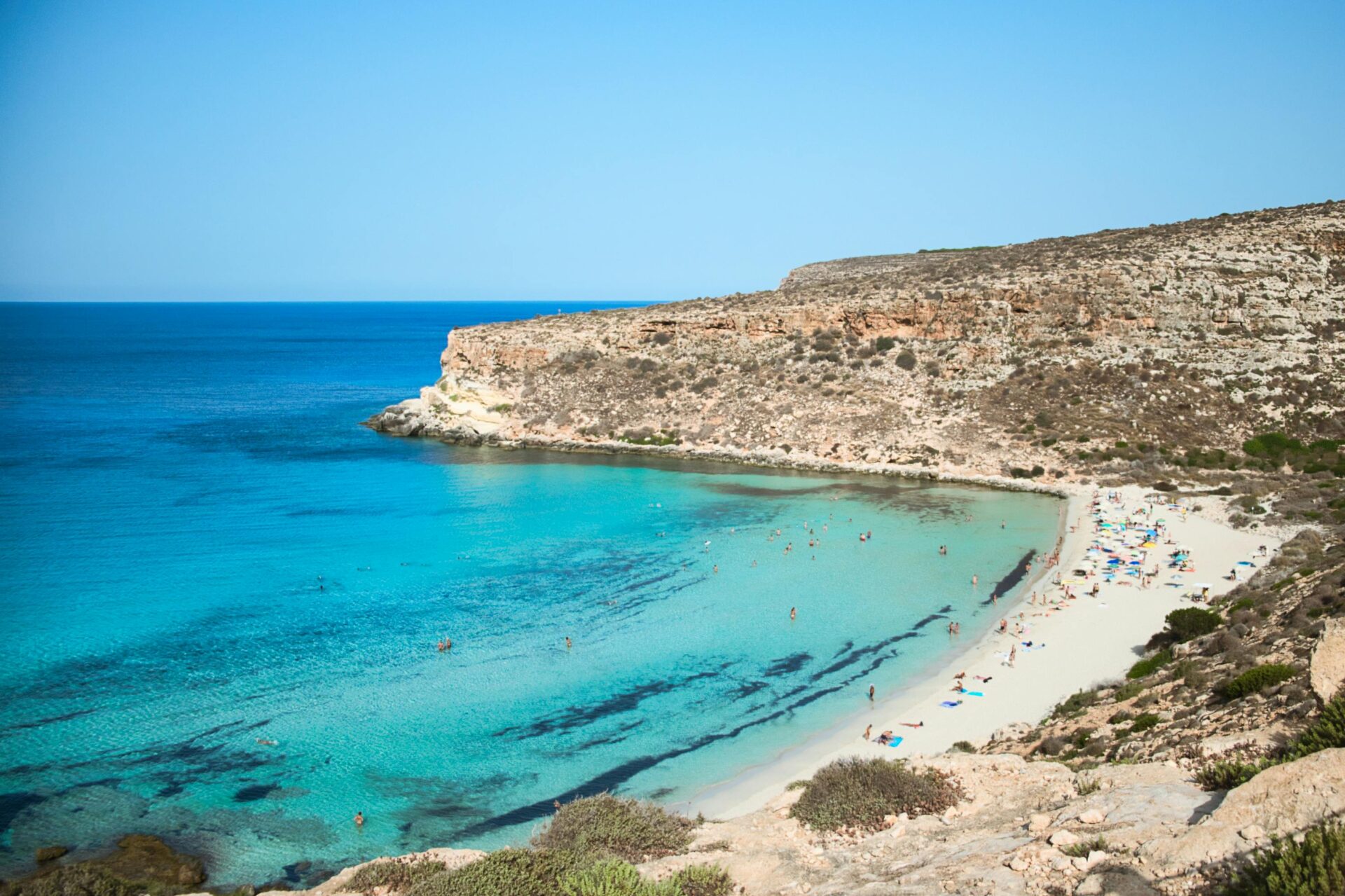
Where Africa Meets Italy: Geography of the Pelagie Islands
The Pelagie Islands sit at this odd geographic crossroads where Europe and Africa kind of blur together. These little islands show off landscapes you don’t really see anywhere else in Italy, shaped by their spot in the Mediterranean. There’s unique wildlife and plants here, too, thanks to their isolation.
Geographic Location and Proximity to Africa
You’ll find the Pelagie Islands in the Mediterranean, somewhere between Malta and Tunisia, just south of Sicily. Even though they belong to Italy, they’re actually a lot closer to Africa than the Italian mainland. Lampedusa, the largest, sits about 70 miles from Tunisia, but it’s roughly 120 miles from Sicily.
I had no idea these islands marked Italy’s southernmost point until I got there. Unlike famous islands like Elba, the Pelagies have a vibe that’s totally their own—probably thanks to how close they are to Africa.
Locals told me this unique location affects everything: the food, the buildings, even the way people talk. These islands make up the commune of Lampedusa in Sicily’s Agrigento province, and they kind of act as a gateway between Europe and Africa.

Unique Island Landscape and Natural Features
The landscapes here grabbed me right away. Lampedusa has these dramatic limestone cliffs that plunge into the sea. Rabbit Beach is the most famous spot, and honestly, it deserves all the hype with its soft white sand and crazy-clear water.
Linosa, the other inhabited island, couldn’t look more different. It’s volcanic, so you get these black lava rocks and a wild contrast with the blue sea.
Unlike mainland Italy, you won’t find lakes or marshes here. Freshwater is scarce, which means a unique ecosystem has developed to handle the dry conditions. The terrain is pretty flat, so you get these sweeping views that just keep going.
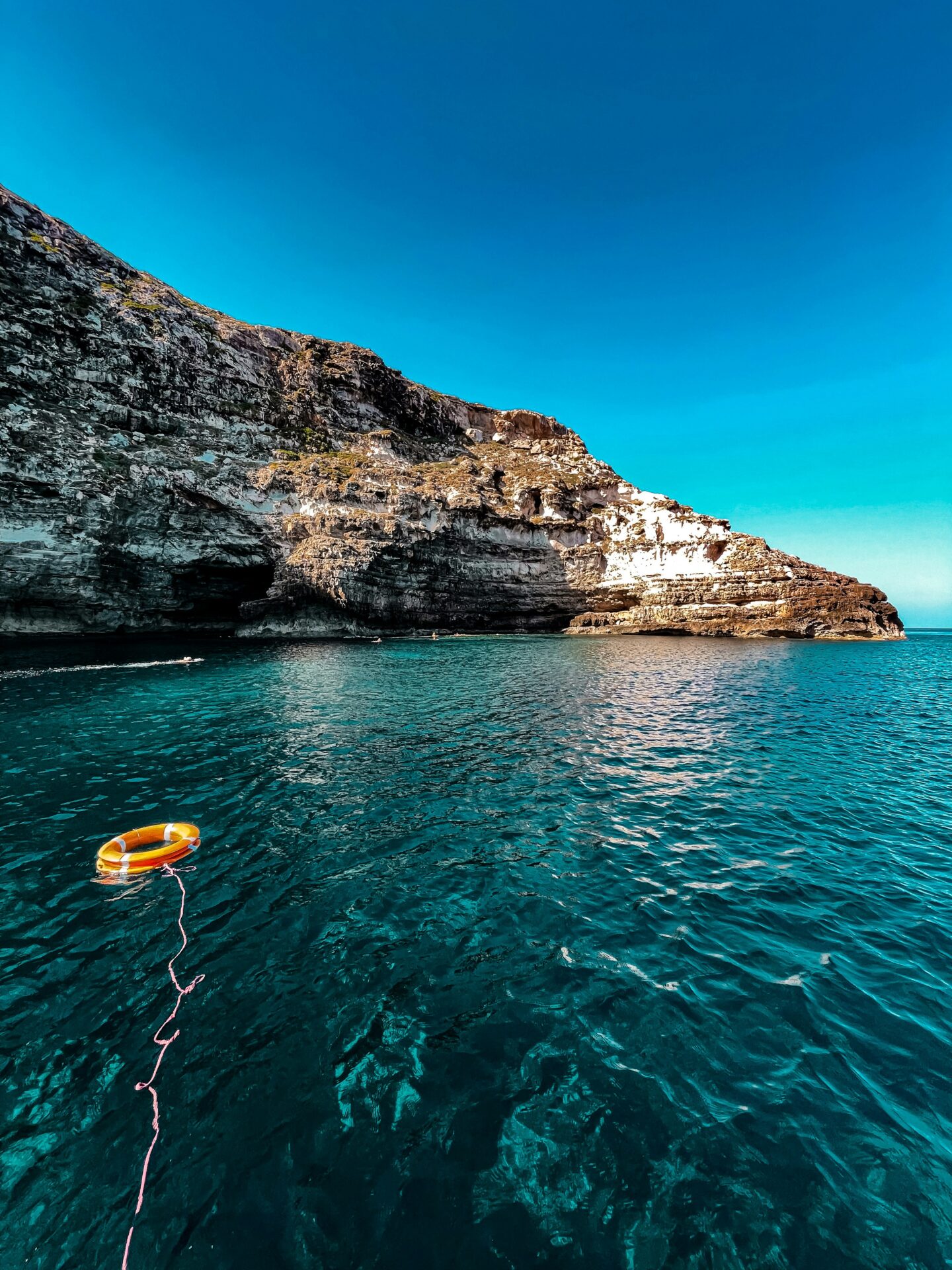
Climate and Biodiversity
The climate? It’s got a real African feel—hot, dry summers and winters that barely get chilly. Rain is rare, especially on Lampedusa, so you end up with almost desert-like conditions.
What really surprised me was the biodiversity. The islands are home to several species you won’t find anywhere else. Caretta caretta sea turtles lay their eggs on Lampedusa’s beaches, and migratory birds stop here to rest.
Parts of Lampedusa have become a national park to protect these unique habitats. The marshes shelter rare birds, and the sea around the islands is full of marine life. Plants here are tough, built to handle salty winds and hardly any rain.
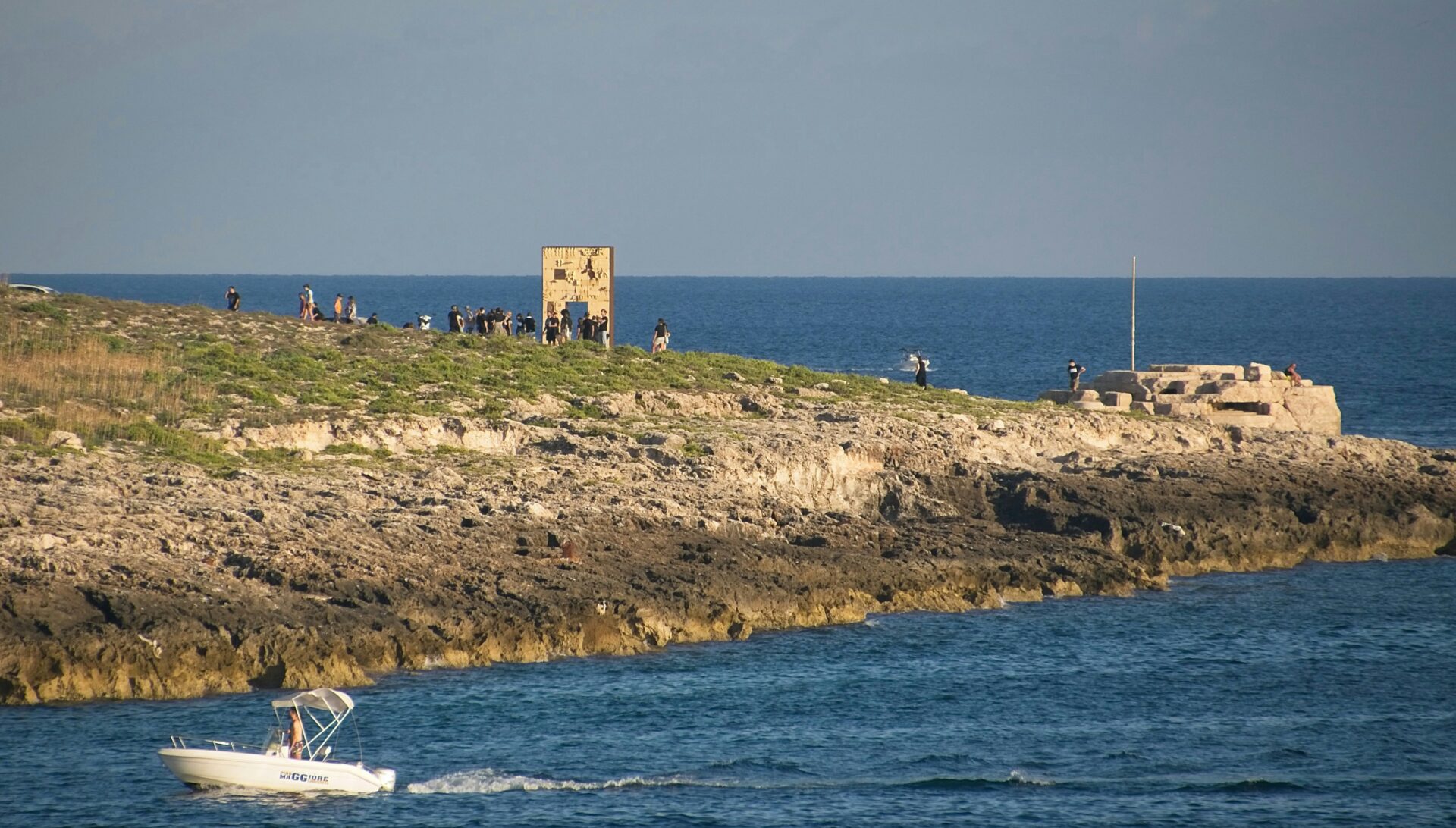
The Three Jewels: Lampedusa, Linosa, and Lampione
The Pelagie Islands are three little gems, each with its own quirks. They’re Italian in name, but honestly, they feel more African than Sicilian.
Lampedusa: The Largest Island
Lampedusa totally won me over with its turquoise waters and dramatic cliffs. It’s the biggest of the three, so you’ll find the most places to stay, eat, and explore.
The best beaches are on the southern coast—Rabbit Beach (Spiaggia dei Conigli) is the star. Powdery sand, crystal water, and hardly any crowds if you time it right.
The main town has cozy, family-run restaurants. I tried fresh seafood that had probably been swimming that morning. The couscous with fish? Absolutely worth it—a delicious nod to how close you are to Africa.
If you’re looking for somewhere to stay, I’d go for a guest house in the main settlement. The terraces with those endless sea views are hard to beat.
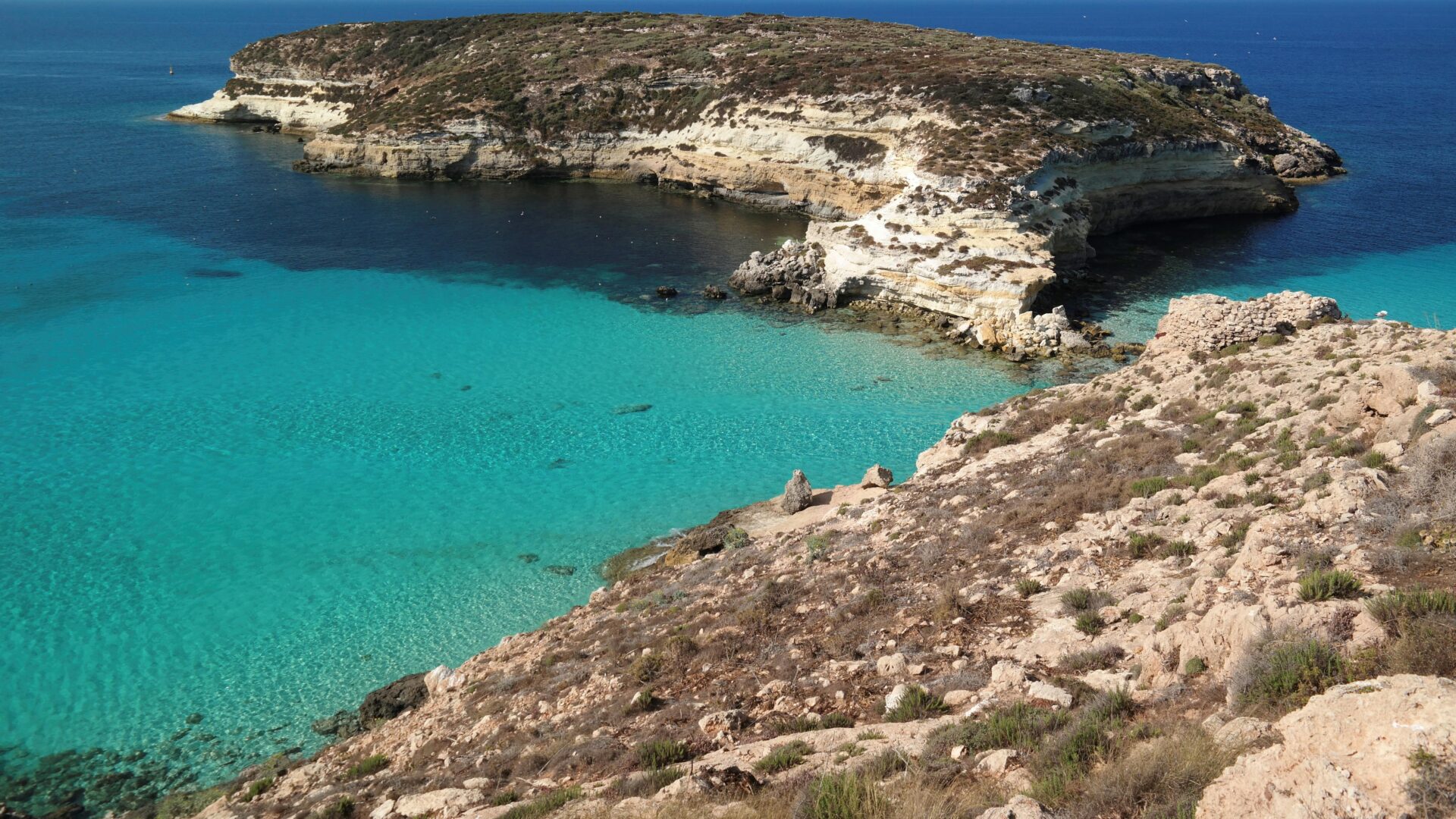
Linosa: Volcanic Beauty and Slow Travel
Linosa feels like stepping onto another planet. This volcanic island has black sand beaches and houses painted every color you can imagine.
I hiked up Monte Vulcano (195m), the highest spot on the island. The view across the Mediterranean was honestly breathtaking. The volcanic rocks—black, red, gray—make the blue sea pop even more.
Life here moves at a snail’s pace, in the best way. I spent mornings poking around hidden coves and afternoons sipping coffee with locals in the little village square. There aren’t many places to stay or eat, but that’s part of Linosa’s weird charm.
Snorkeling here is unreal. I watched schools of colorful fish weaving through volcanic rocks and sea caves.
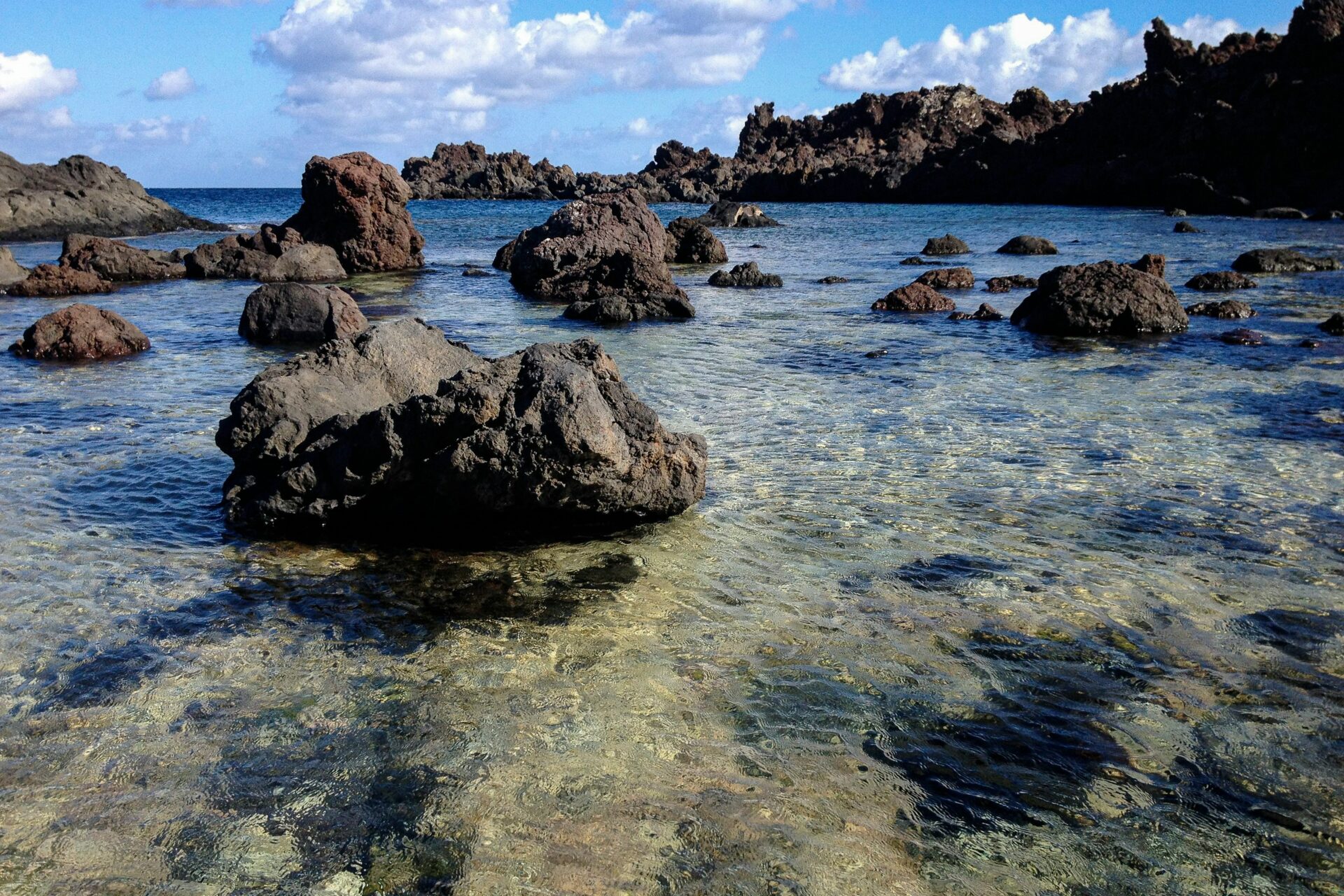
Lampione: The Untouched Wilderness
Lampione is the smallest and honestly the most mysterious. No one lives here, and it’s only about 700 meters across—a real wilderness.
I booked a boat trip from Lampedusa to check it out. You can’t always land on the island (they’re serious about protecting the ecosystem), but even circling it by boat was worth it. The rugged beauty and bright blue water are something else.
Lampione is an important spot for rare seabirds. If you’re lucky, you’ll see falcons nesting on the cliffs.
The diving here blew my mind. I swam with barracuda and, believe it or not, spotted a couple of sharks. The underwater scenery is just as wild as the land above.
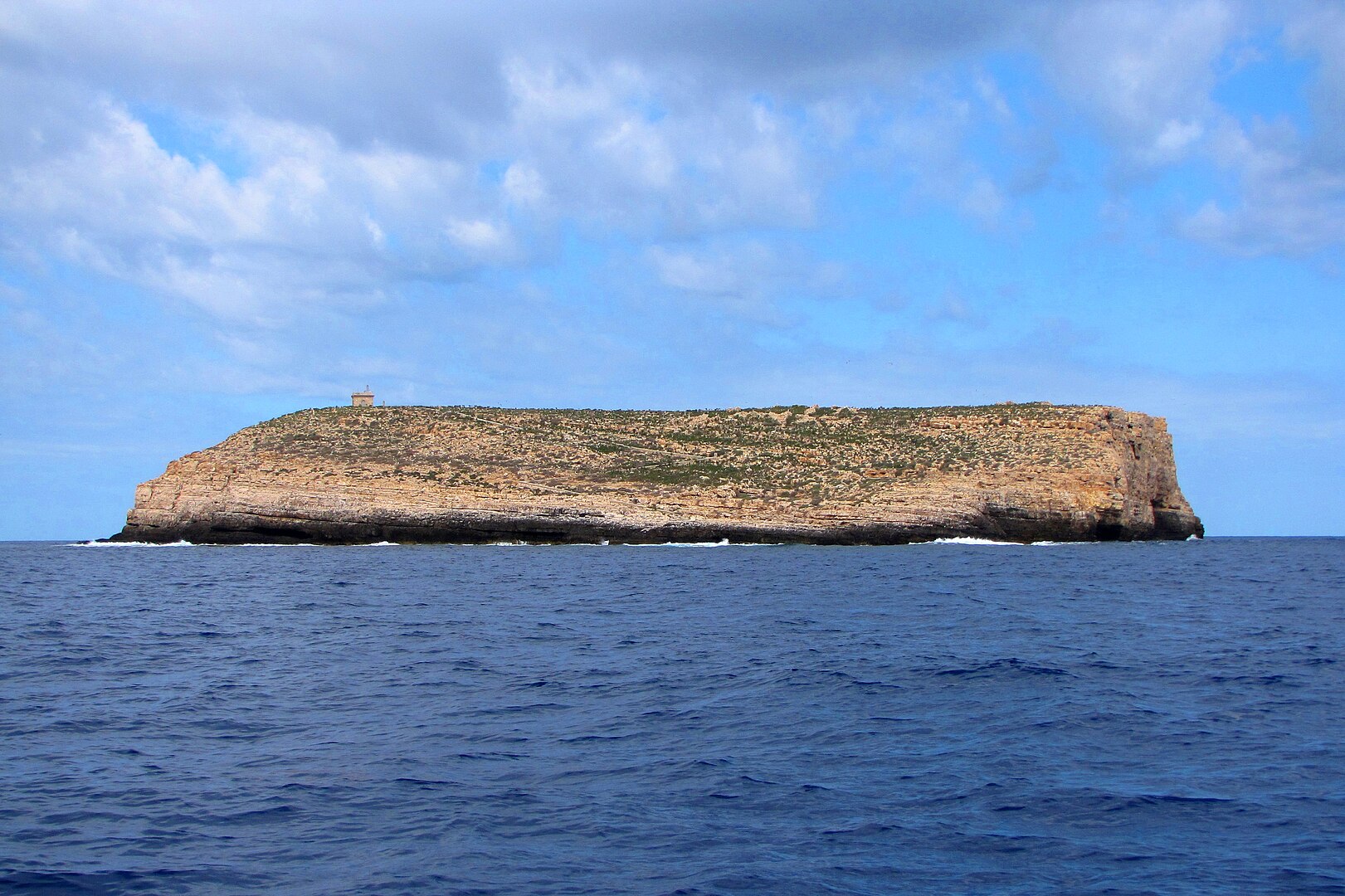
Getting There: Travel Tips and Ferries
Getting to the Pelagie Islands takes a bit of effort, but honestly, that’s half the fun. The journey makes those crystal-clear waters feel even more rewarding.
Reaching the Pelagie Islands by Ferry or Air
You have two main options. The most budget-friendly is a ferry from Porto Empedocle in Sicily. Liberty Lines runs hydrofoils for foot passengers—it’s about a four-hour trip to Lampedusa. Expect to pay around $283, but prices jump around based on the season and how early you book.
If you’re short on time, fly into Lampedusa Airport. I was surprised at how many direct flights there are from major Italian cities, especially in summer.
Ferry Options:
- Porto Empedocle to Lampedusa
- Porto Empedocle to Linosa
These are the main ferry routes connecting Sicily to the islands.

Best Times to Visit and How to Get Around
I’d go between May and October. The weather is perfect, but July and August can get busy and expensive. Personally, I like June or September—good weather, fewer people.
Getting around is easy. Lampedusa is small enough to explore by scooter (about €30 a day), or you can hop on local buses.
For hopping between Lampedusa and Linosa, Liberty Lines Fast Ferry makes it simple. Definitely book ahead if you’re traveling in peak season.
Water taxis are a fun way to find hidden beaches and coves you can’t reach by road. For €50-80, you can spend half a day circling the island’s wild coastline.
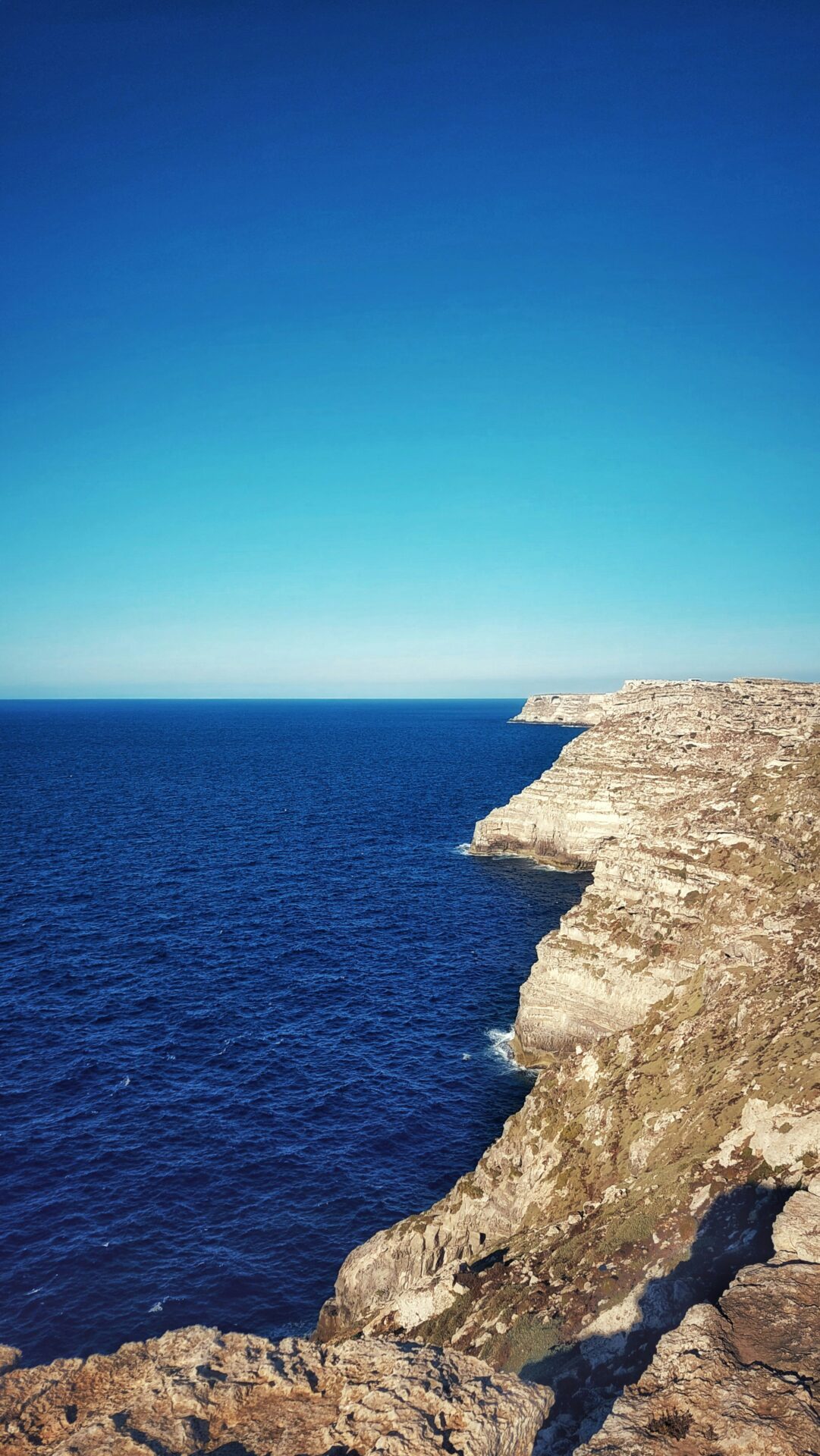
Culture, History, and Daily Life in the Pelagie Islands
The Pelagie Islands blend African and Italian influences into something you won’t find anywhere else. Life here moves slowly, shaped by old maritime traditions and a sense of being caught between two worlds.
Cultural Heritage and Local Traditions
Walking Lampedusa’s narrow streets, I couldn’t help but notice how much the sea shapes daily life. Fishermen mend their nets every morning—it’s a routine that’s been handed down for generations. In September, the Festa della Madonna di Porto Salvo fills the harbor with decorated boats for a wild maritime parade.
The music here is a cool mix: North African rhythms with Italian melodies. Locals speak a dialect that’s part Italian, part Arabic, part Sicilian.
People here still make baskets from local reeds and paint pottery with Mediterranean patterns. The sea is at the heart of everything—songs, celebrations, even the way people talk.
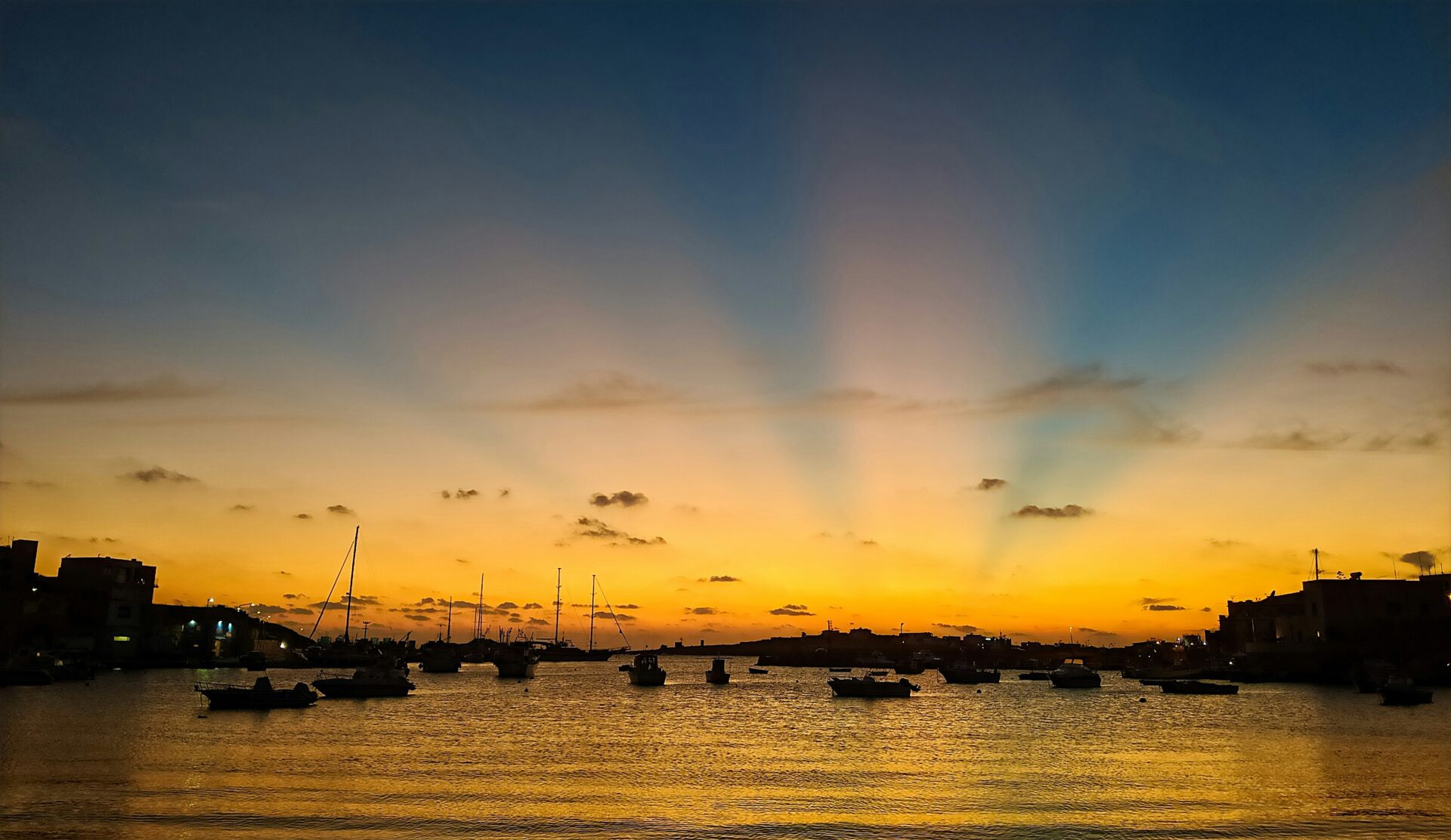
Historic Influences from Africa and Italy
Over the centuries, the Pelagie Islands have changed hands a lot. Arabs ruled during the Middle Ages and left their mark. Later, the islands became part of the Kingdom of Sicily.
Lampedusa has ancient roots—Phoenician and Roman ruins are scattered around. Archaeologists say there were trading links with both Europe and North Africa.
During World War II, these islands mattered strategically. You can still spot old bunkers and military ruins, silent reminders of that time.
Unlike busy Elba or colorful Orta, the Pelagie Islands stayed off the radar until pretty recently. That isolation helped keep their customs and traditions alive.
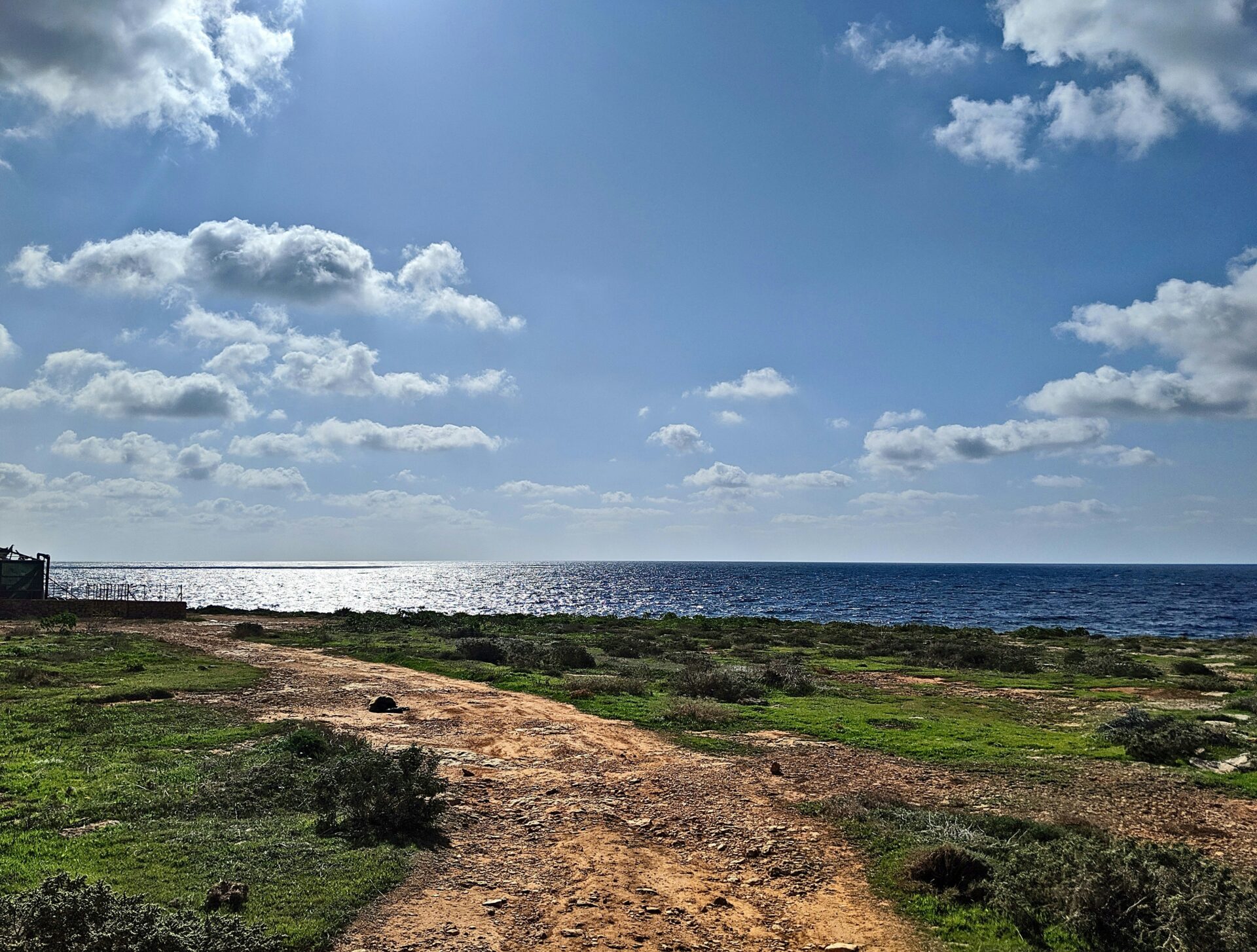
Culinary Flavors: Food of the Islands
The food here tells you right away you’re somewhere unique. I found the flavors a blend of Italian basics and North African spices.
Seafood is everywhere. Tuna, swordfish, and grouper show up in all sorts of dishes. “Couscous di pesce” is the local specialty—definitely a nod to Tunisia—while pasta keeps things Italian.
Even with little fresh water, local produce thrives. Capers grow everywhere on Lampedusa and give dishes a real kick.
For dessert, try cassatelle stuffed with ricotta and cinnamon. The islands also make a bold local wine from grapes that somehow survive the dry climate.
Most meals are cooked in wood ovens or grilled outside. And you can’t skip a shot of homemade limoncello as the sun sets over the Med.
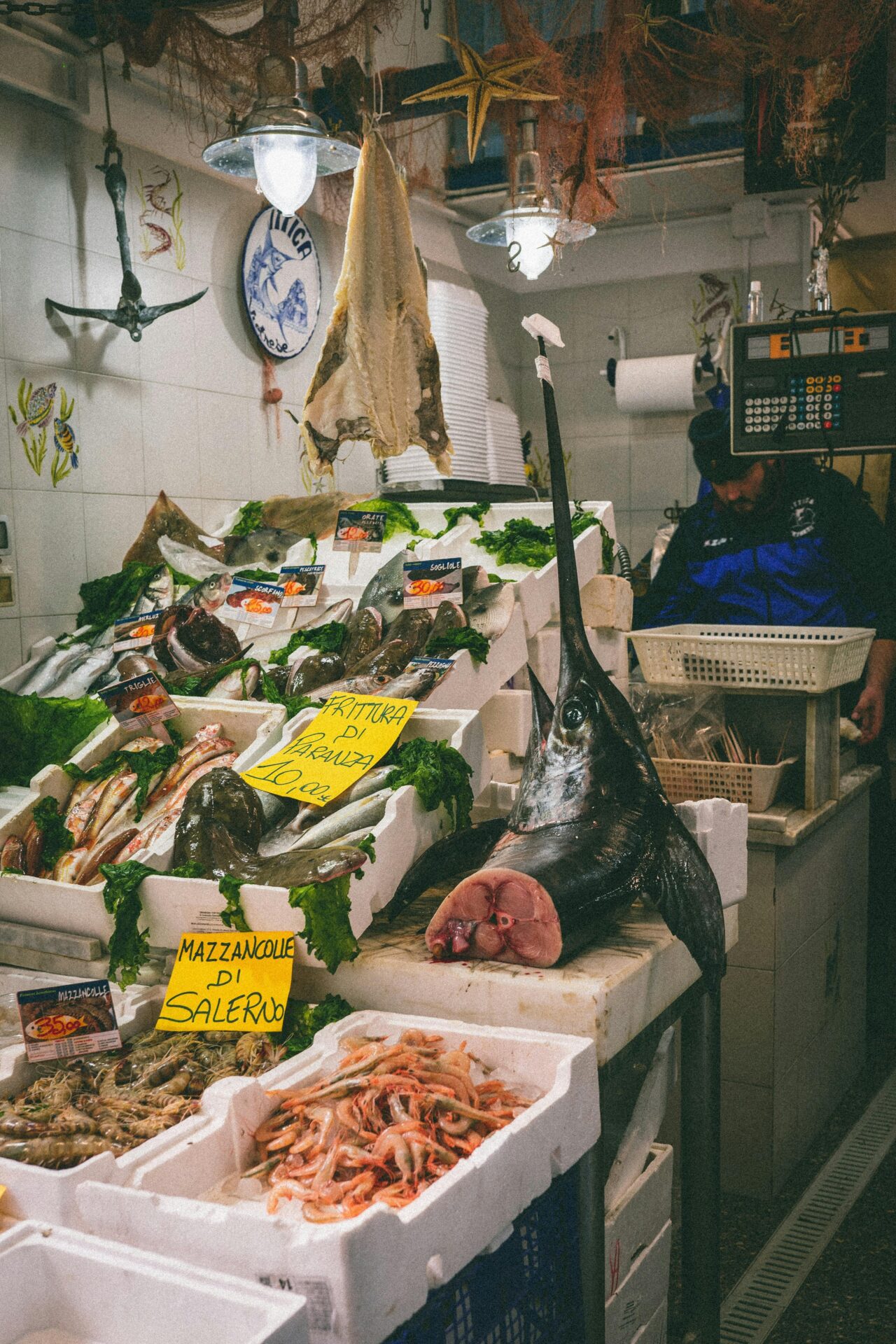
Capturing the Beauty: Photography and Media
If you love photography, the Pelagie Islands are a dream. The Mediterranean light here turns everything gold and makes every shot look magical.
Best Spots for Photos and Panoramic Images
On Lampedusa, you can’t beat Rabbit Beach (Spiaggia dei Conigli) during golden hour. The turquoise water and white sand look unreal, especially from the cliffs above.
For sweeping views, climb up to the lighthouse at Capo Grecale. From there, you get a 180-degree panorama of the Mediterranean that honestly rivals anything I’ve seen elsewhere.
Linosa’s black volcanic beaches against the blue sea make for dramatic shots. The harbor, with its colorful fishing boats, is perfect for portraits at sunrise—the light is just magical.
My personal favorite? The western cliffs of Lampedusa at sunset. The rocks catch the warm light and everything glows with this natural orange-gold filter.
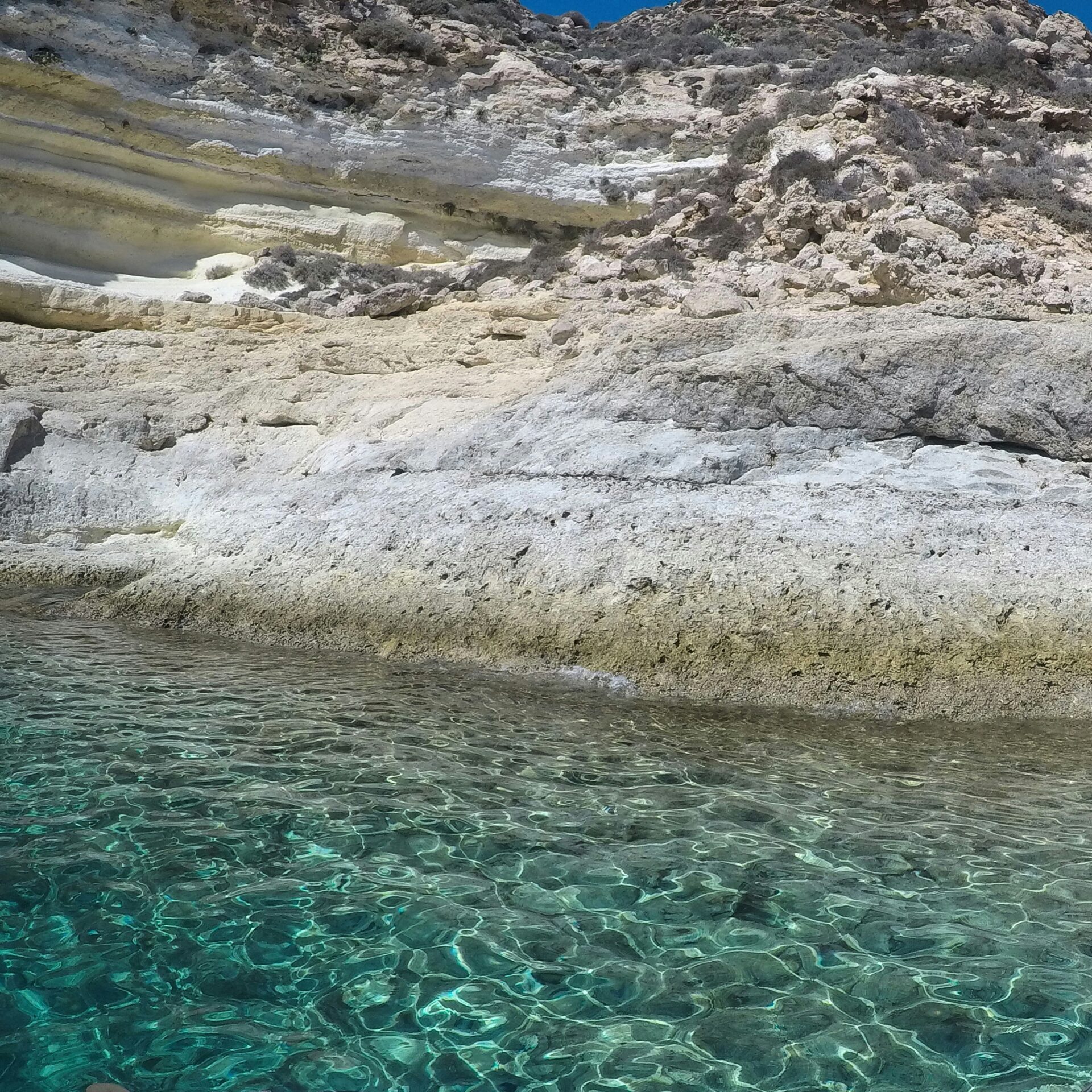
Stock Photos, Illustrations, and Travel Media Resources
If you’re searching for high-resolution images of the Pelagie Islands, I’ve come across some solid options. Getty Images and Shutterstock both have huge collections of professional stock photos, and honestly, their coverage of Lampedusa’s beaches stands out.
Want something a bit more creative? Try looking for vectors and illustrations on Adobe Stock. You’ll find local artists who’ve put together some truly beautiful, stylized takes on the islands’ landscapes.
A few travel media outlets have spotlighted the islands too:
- National Geographic ran a photo essay that explores migration and tourism.
- Condé Nast Traveler keeps featuring high-quality images—definitely worth a look.
- Italy Magazine even offers free, lower-res photos for personal use, which is a nice bonus.
Local photographer Marco Solari also shares an impressive gallery. He throws in a flash30% discount code for first-time buyers on his website, which is pretty tempting.

Contributors and Visual Storytelling
The islands sit in this fascinating spot between Europe and Africa, and, honestly, that’s drawn in all kinds of documentary photographers who want to dig into migration stories. Some award-winning photojournalists have come here to capture both the tough humanitarian moments and the wild natural beauty—those shots really stick with you.
I’ve met a few regular contributors to big travel magazines who make a point to visit every year. They usually chase the way light hits the water or zero in on the old-school fishing culture. There’s something about the islands’ isolated vibe that keeps them coming back.
Social media? Yeah, it’s totally changed the game for how people see these islands. Instagram creators, especially, love to show off the little things—weathered doors, homemade food, and that impossibly clear water. I think these glimpses feel way more personal than what you’d get from glossy travel mags.
When I’m telling my own visual stories, I like to mix it up: wide shots of the landscape, then zoom in close on the small stuff. You’ll find me snapping fishermen mending nets, getting lost in the local plants, or just admiring the texture of old stone walls. There’s so much more to the islands than just beaches, if you ask me.

